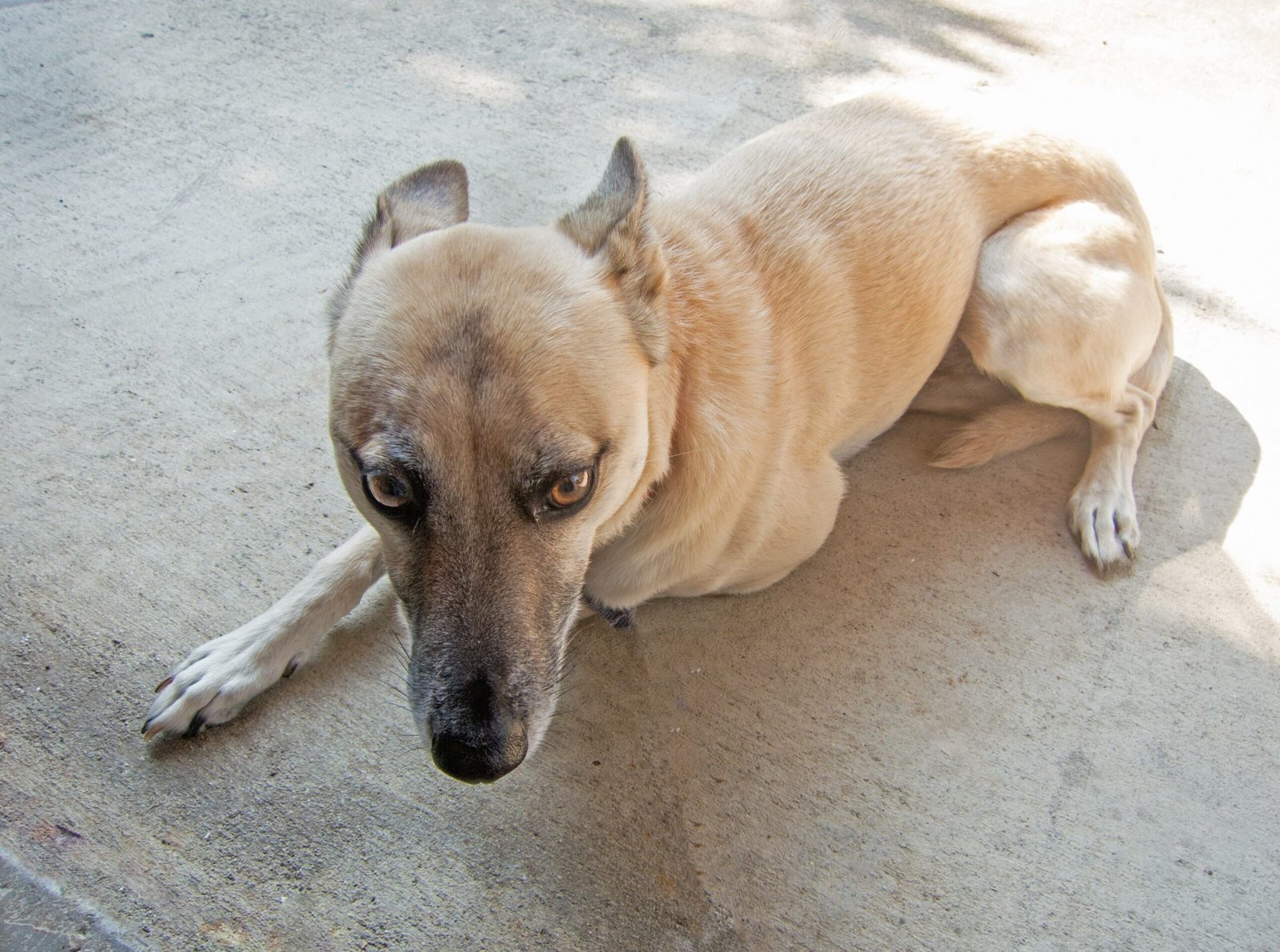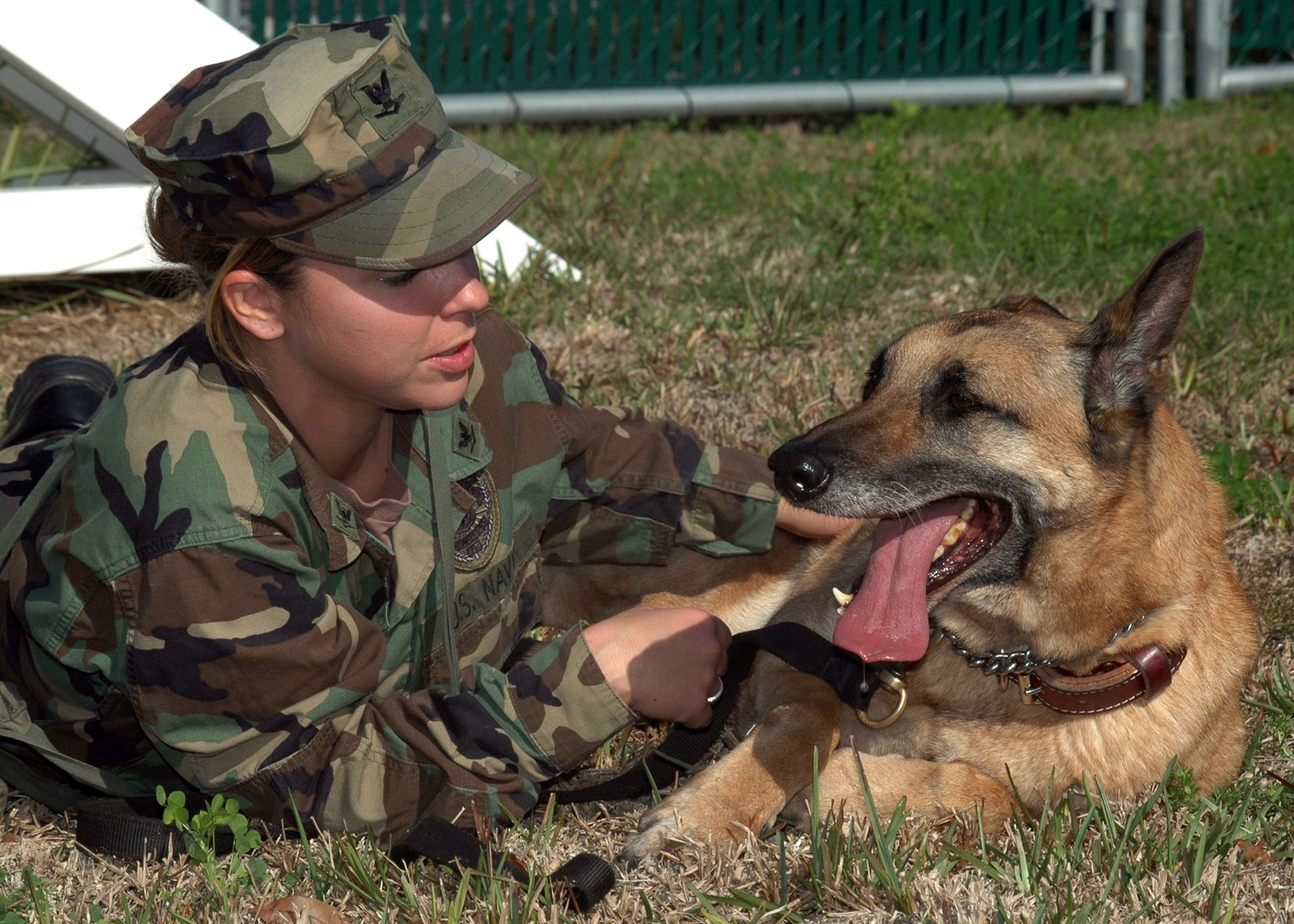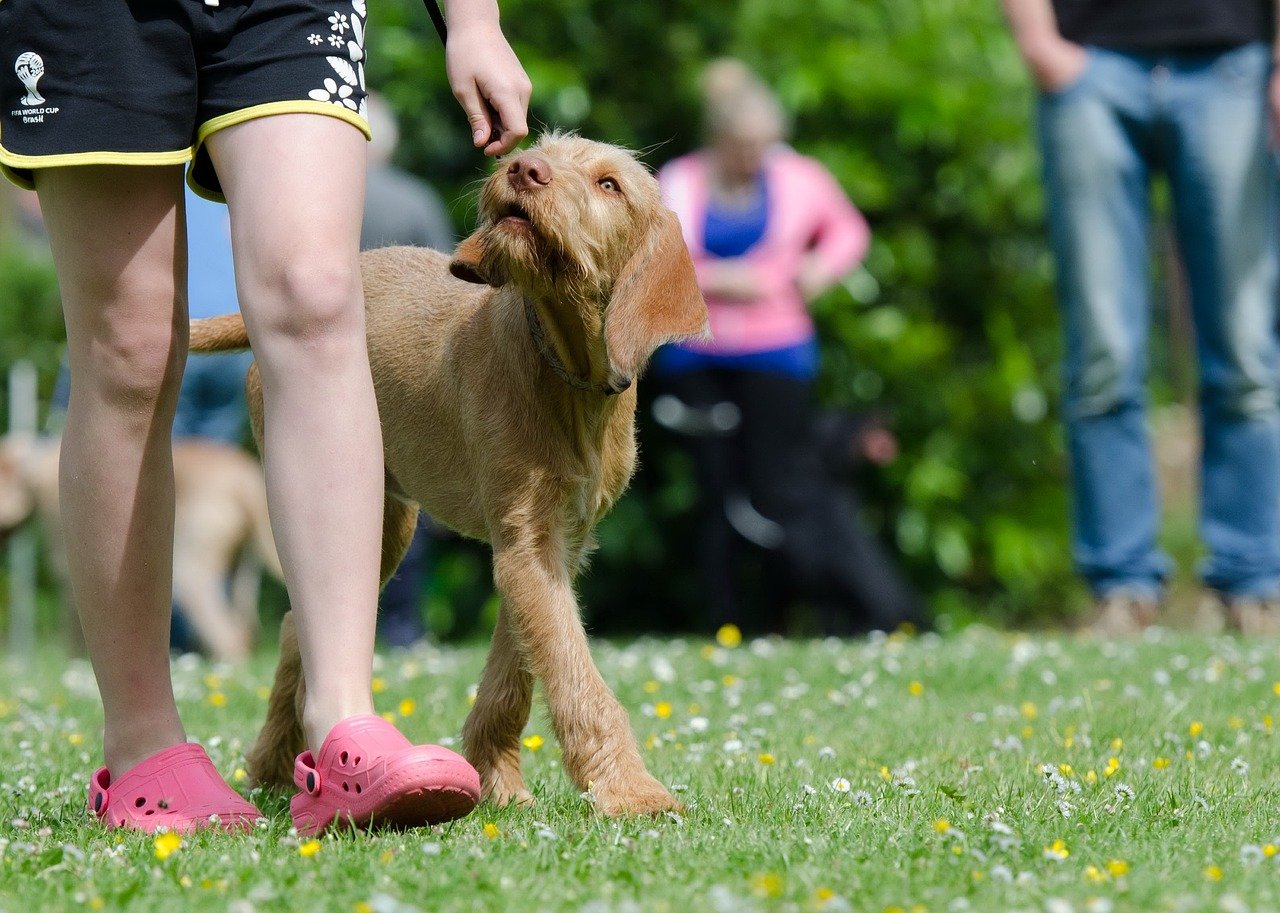Have you ever watched your dog tremble during a thunderstorm, or noticed their tail tucked tight when you’re about to leave the house? It’s heartbreaking, isn’t it? Dogs experience anxiety just like we do, but unlike us, they can’t talk about it. Their world can suddenly feel big and scary, and sometimes, they need a little extra help to feel safe and calm. If you’re searching for ways to ease your furry friend’s worries, you’re not alone—and there’s plenty you can do to make a real difference.
Understanding the Signs of Canine Anxiety

Recognizing anxiety in your dog is the first step to helping them. While some signs are obvious, like whining or hiding, others are easy to overlook. Dogs might pace, pant excessively, or even chew on furniture when they’re anxious. Some dogs become clingy, while others withdraw completely. You might also notice them licking their paws or yawning more than usual—gentle signals that they’re feeling overwhelmed. It’s important to pay attention to changes in their behavior, even subtle ones. Every dog is unique, and what looks like excitement in one might actually be anxiety in another. By tuning in to their body language and habits, you can spot anxiety early and respond with love and care.
Creating a Safe and Comforting Space

A cozy, quiet spot just for your dog can work wonders for their nerves. Think of it as their personal retreat—a place where they can relax and feel protected. You can use a crate with soft bedding and their favorite toys, or even a corner of a quiet room. Make sure this area is away from loud noises or heavy foot traffic. Some dogs love a blanket that smells like you, as your scent can be soothing. Others find white noise or calming music helpful, especially during fireworks or storms. The key is consistency: your dog should know that whenever they’re there, it’s a safe zone. Over time, this comforting space will become their go-to hideaway whenever the world feels too much.
Establishing a Predictable Routine
Dogs thrive on routine, and knowing what to expect each day helps them feel secure. Feeding, walks, playtime, and bedtime should happen at roughly the same times daily. Sudden changes or unpredictable schedules can make even the calmest pup feel uneasy. If you have to make changes, try to introduce them gradually. Simple rituals, like a morning belly rub or an evening stroll, become anchors in your dog’s day, showing them that everything is okay. Even when life gets busy, sticking to a routine—however simple—gives your dog a reassuring sense of stability.
Exercise and Mental Stimulation
Physical activity is a powerful stress-buster for dogs. Regular walks, play sessions, and fetch games let them burn off nervous energy and release feel-good hormones. But don’t forget about their minds! Interactive toys, puzzle feeders, and training exercises challenge their brains and keep boredom at bay. Boredom can quickly turn into anxiety, especially for intelligent breeds. Try teaching your dog new tricks, or switch up your walking route now and then for a fresh adventure. A tired dog—both mentally and physically—is often a much happier, calmer companion.
The Power of Positive Reinforcement

Rewarding calm behavior helps your dog understand what you want from them. When they handle a stressful situation well, like greeting a new visitor without barking or staying calm during a storm, offer treats, praise, or a favorite toy. This positive reinforcement builds your dog’s confidence and teaches them that good things happen when they stay relaxed. Avoid punishing anxious behaviors, as this can make things worse. Instead, focus on celebrating the moments when your dog is brave or calm. Over time, these small victories add up, and your dog will learn to trust both you and themselves.
Calming Products and Tools

There are many products designed to help soothe anxious dogs. Calming vests or wraps apply gentle pressure, similar to a reassuring hug, which can help some dogs relax. You might also try pheromone diffusers, which release comforting scents that mimic a mother dog’s natural signals. For dogs who respond to touch, a gentle massage or brushing session can be incredibly soothing. Natural supplements like chamomile or CBD (always under your vet’s guidance) are options for some pets. Every dog is different, so you may need to experiment to find what works best for yours. Sometimes, a combination of tools offers the greatest relief.
Training for Stressful Situations

Gradual exposure to stress triggers—like being left alone, hearing loud noises, or meeting new people—can help your dog learn to cope. This is called desensitization, and it works best when you go slowly and reward your dog for calm behavior. For example, if your dog fears the vacuum cleaner, start by having it in the room turned off, and reward your dog for being calm. Over time, you can increase the intensity, always at your dog’s pace. Pair this with counter-conditioning, which means turning scary things into positive experiences with treats or playtime. Patience and consistency are essential, but with time, many dogs learn that their triggers aren’t so scary after all.
When to Seek Professional Help

Sometimes, anxiety is more than you can handle alone—and that’s okay. Veterinary behaviorists, trainers, and veterinarians can offer specialized advice and support. If your dog’s anxiety is severe, persistent, or leads to destructive or self-harming behaviors, professional guidance is crucial. They might recommend behavior modification plans, medications, or even refer you to canine therapists. Remember, asking for help is a sign of love and commitment to your dog’s well-being. With the right support, even the most anxious dog can find peace and happiness.

Andrew Alpin from India is the Brand Manager of Doggo digest. Andrew is an experienced content specialist and social media manager with a passion for writing. His forte includes health and wellness, Travel, Animals, and Nature. A nature nomad, Andrew is obsessed with mountains and loves high-altitude trekking. He has been on several Himalayan treks in India including the Everest Base Camp in Nepal.






